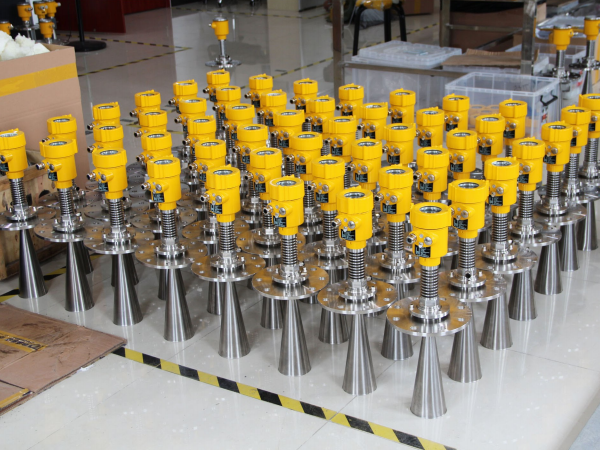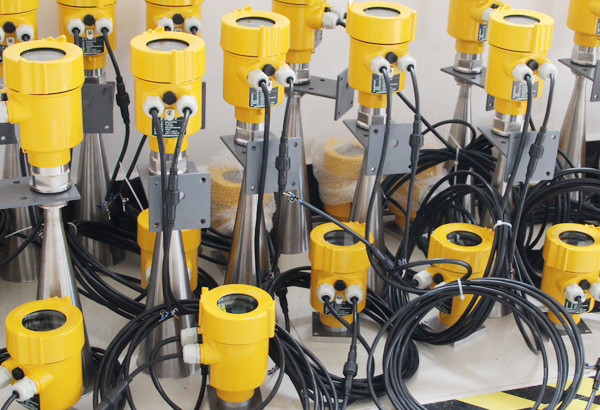Radar level meters have become the device of choice for many organizations to monitor material levels due to their high accuracy and non-contact measurement. However, the accuracy of the device is not set in stone and it needs to be calibrated regularly to maintain optimum performance. The purpose of this article is to describe how radar level meter calibration can help you get accurate measurements.

Radar level meters utilize microwave signals for level detection on a principle similar to bat echolocation. The device transmits microwaves to the surface of a medium and receives the reflected signal. By calculating the time difference between the transmitted and received signals, the position of the surface can be determined. To ensure the accuracy of this process, we need to calibrate the radar level meter precisely.

The calibration method is usually divided into the following steps: the first step, preparation. Prior to calibration, ensure that the level meter is in a shutdown state and that the media surface is at rest in order to obtain stable baseline data. At the same time, check whether the equipment is clean, because any material attached to the antenna may affect the accuracy of the signal. Step 2, zero calibration. Place the radar level meter on top of the empty vessel, at which time the theoretical position of the medium surface is zero.
The zero point is set through the operator interface to ensure that the level value displayed by the device matches the actual. This step is equivalent to marking the starting point of the ruler scale. Step 3, fullness calibration. Add a known height of media to the vessel and make sure the surface is flat and stable. Enter the actual height of the medium into the calibration screen and allow the radar level meter to adjust the fullness reading based on the actual reflected signal. This is equivalent to adjusting the end scale of a ruler to ensure the full length scale is accurate.

The fourth step, repeatability test. Change the height of the medium several times and observe whether the value displayed by the level meter is consistent and whether it can respond to changes in the surface of the medium in a timely manner. This step is like repeated testing of precision instruments to ensure that they can give accurate readings in different situations. Fifth step, environmental factors correction.
Taking into account the temperature, pressure and other environmental factors may have an impact on the microwave propagation speed, if necessary, according to the field conditions of the radar level meter for further calibration. Finally, record and analyze. After completing the above steps, record the calibration data, analyze the problems that may arise during the calibration process, and make appropriate adjustments as needed.

By taking these steps, we can ensure that the radar level meter is like a precision mechanical watch, making the measurement more accurate. As the old saying goes: “If you want to do a good job, you must first sharpen your tools”, regular calibration of the radar level meter is the only way to guarantee its accuracy.
